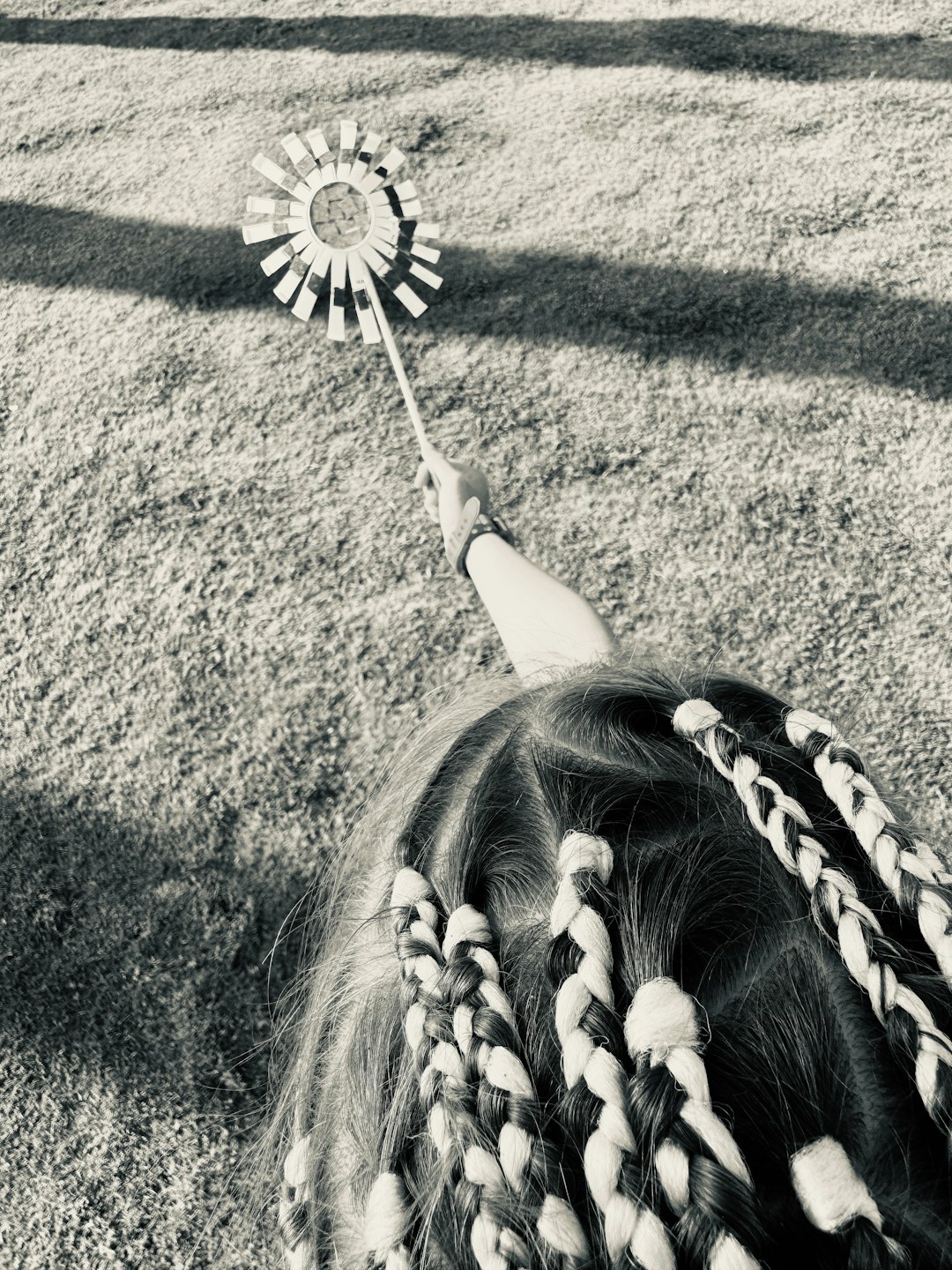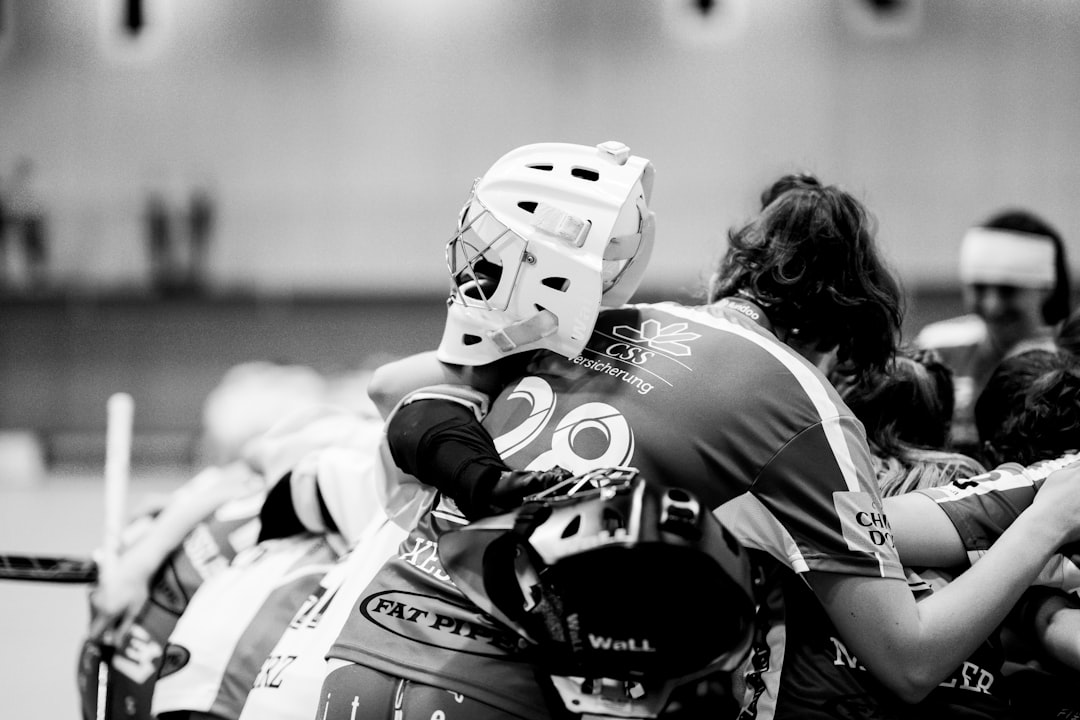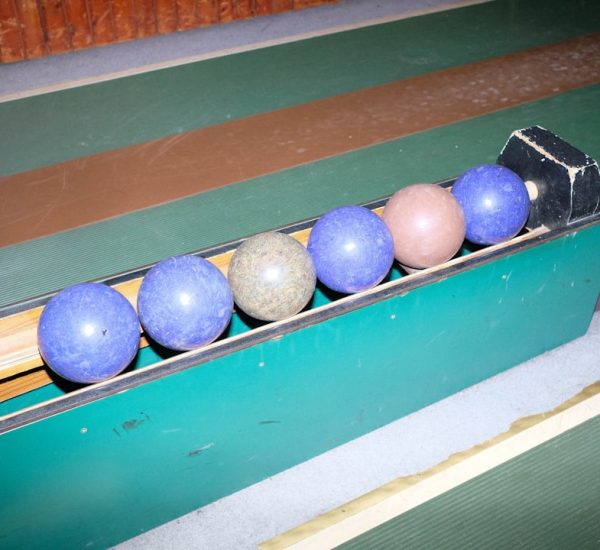Lacrosse, one of the oldest team sports in North America, has a vibrant and deeply spiritual history rooted in the traditions of Indigenous North American tribes. While today it is often associated with college competitions or professional leagues, the game’s origins tell a richer story filled with cultural significance, intertribal unity, and spiritual symbolism.
TL;DR: Lacrosse was invented by Native American tribes, particularly the Haudenosaunee (Iroquois) people. Known as the “Creator’s Game,” it held religious, social, and medicinal purposes far beyond entertainment. While many other tribes also had their own variations of the game, the Iroquois are most often credited with formalizing it and continuing to play it today with international recognition. Its rich cultural roots continue to influence the sport’s modern-day legacy.
The Origins of Lacrosse Among Native Peoples
The genesis of lacrosse can be traced back hundreds — potentially thousands — of years to Indigenous tribes living in what is now the eastern part of the United States and southeastern Canada. The earliest accounts of the game were documented by European settlers in the 1600s, but Native communities had been playing versions of it for generations by then. The central tribe associated with the origin of lacrosse is the Haudenosaunee Confederacy, also known as the Iroquois, which includes the:
- Mohawk
- Oneida
- Onondaga
- Cayuga
- Seneca
- Tuscarora (joined later)
These tribes formed a sophisticated political and cultural alliance and shared many traditions — including the game of lacrosse.
“The Creator’s Game” and Its Spiritual Significance
In Haudenosaunee beliefs, lacrosse is not merely a sport. It is considered a sacred gift from the Creator. Known traditionally as “dehuntshigwa’es” in the Onondaga language, lacrosse was believed to bring healing and resolve conflict. Games were frequently played for ceremonial purposes, to honor deceased members of the tribe, to prepare warriors for battle, or to settle disputes peacefully.
In many tales, the game was played by spiritual beings — even gods — and watching or playing it brought participants closer to the Creator. As such, there were specific rituals and preparations that took place before and after a game, such as fasting, prayer, and spiritual cleansing.

Game Play and Cultural Traditions
Early versions of lacrosse looked quite different from the organized games seen today. Matches could last for several days, involve hundreds of players, and stretch across miles of land. The field of play wasn’t marked with lines, and the goals were often trees or large rocks set far apart. The only equipment used was a ball made of deerskin, stuffed with fur, and crafted wooden sticks with netted pockets.
In addition to the Haudenosaunee, many other tribes played variations of stickball — considered predecessors of lacrosse — each with different rules and stick designs. Some of these tribes include:
- Choctaw
- Chickasaw
- Cherokee
- Ojibwe
- Menominee
While the Haudenosaunee played with a single long stick, the Southeastern tribes often used two shorter sticks for each hand with a small netted scoop on one side. Regardless of the design, however, these games held immense cultural importance.
The French Encounter and the Name “Lacrosse”
The term “lacrosse” was coined in the 17th century by French Jesuit missionary Jean de Brébeuf. While observing a game played by the Huron (Wyandot) tribe near what is now Ontario, Canada, de Brébeuf compared the players’ sticks to the crosier carried by bishops — called a “la crosse” in French. The name stuck.
European colonists found the game both fascinating and violent, often remarking on the athleticism and stamina of the players. Eventually, as settlers became more involved with the game, they began to codify the rules and introduce lacrosse to European audiences, leading eventually to the game’s transformation into an organized sport.
Modern Lacrosse: Legacy of the Haudenosaunee
Today, the Haudenosaunee people continue to play and preserve lacrosse not merely as a sport, but as an ongoing cultural practice. They are the only Indigenous team recognized by international lacrosse federations and have their own national teams — the Haudenosaunee Nationals — competing in global competitions.
Remarkably, players from these nations travel on their own passports — not U.S. or Canadian ones — when attending international events. This speaks to the sovereignty and identity of the Haudenosaunee Confederacy in the modern world.

Why the Haudenosaunee are Most Credited
Although various tribes had their own versions of stick-and-ball games, the Haudenosaunee are most credited with inventing modern lacrosse because:
- They developed the most organized and widely played version of the game across multiple nations.
- They have maintained continuous lacrosse traditions for centuries.
- Their variation of the game directly inspired the formal rules adopted by the first lacrosse clubs established in Canada and the United States during the 19th century.
- They actively participate in the sport globally today, preserving its spiritual and cultural essence.
Lacrosse in Contemporary Native Culture
In Indigenous communities, lacrosse is not a relic of the past — it remains an active and honored part of cultural expression. Communities build local teams, hold youth competitions, and integrate traditional customs into modern games. For many Native youth, lacrosse offers a link to tradition, a sense of identity, and an avenue for education and empowerment.
Furthermore, lacrosse has become a symbol of resistance, resilience, and cultural survival for many Native people. With increased interest and visibility, schools and communities are rekindling these traditions and educating others about the roots of the game.
The Influence of Native Innovations on the Sport
Modern lacrosse owes many of its characteristics — from the shape of the stick to the fast-paced, strategic gameplay — to Native innovations. While today’s versions might include plastic sticks, synthetic nets, and organized leagues, the DNA of Native ingenuity is embedded in every face-off, goal, and defensive maneuver.
Unfortunately, the commercialization and evolution of lacrosse in the 19th and 20th centuries often marginalized Native voices. However, recent initiatives have aimed to return credit and visibility to the sport’s Indigenous creators. Museums, documentaries, and historical projects now more frequently acknowledge and celebrate the Native roots of the game.
Conclusion: A Game of Spirit and Strength
Lacrosse’s origins lie not in a rulebook, but in the ceremonies, beliefs, and daily lives of the Native American tribes who first played it. Among them, the Haudenosaunee people stand out as the primary inventors and preservers of the “Creator’s Game.” Their passionate commitment to the game’s traditions keeps its original spirit alive, even as it reaches new heights and new corners of the world.
In understanding what tribe invented lacrosse, one also uncovers a deeper history filled with meaning, sacrifice, and community. It is a story not just of sport, but of culture — and one that continues to evolve while remaining deeply anchored in its Native origins.



